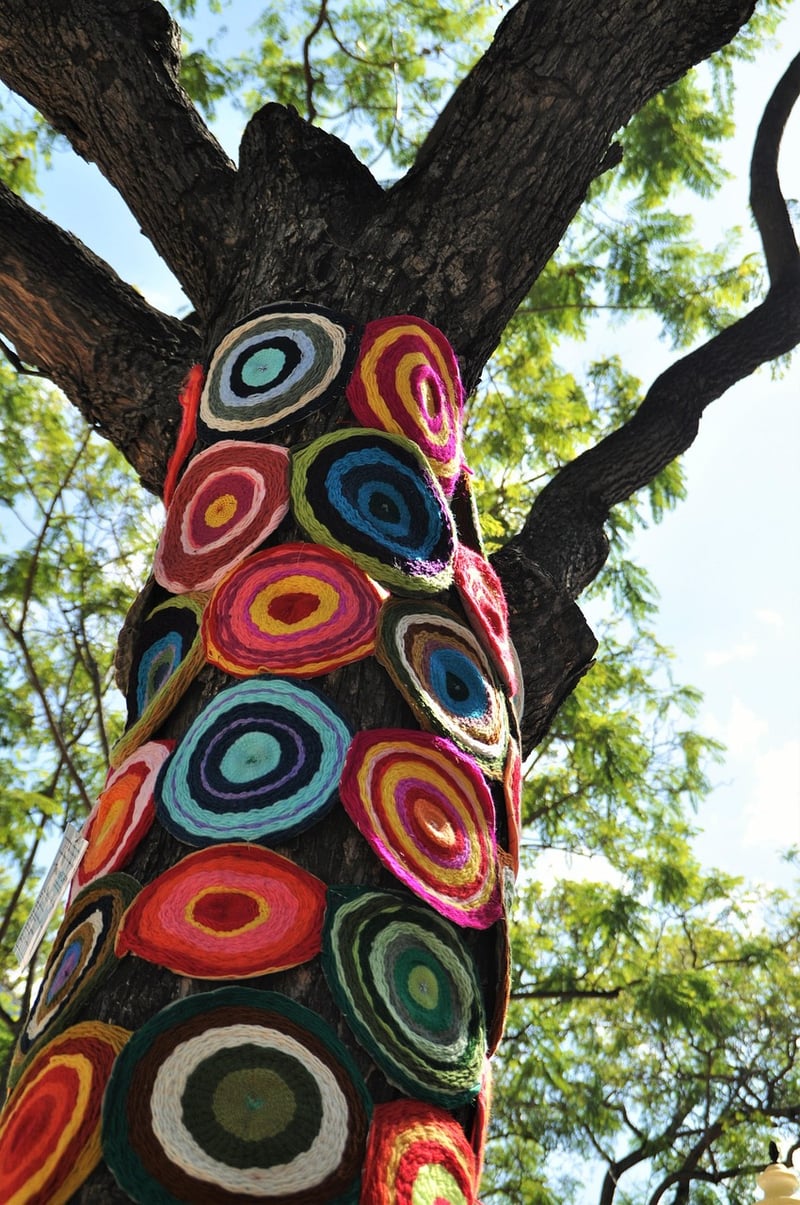Sustainability Practices
Exploring Upcycling Projects and Sustainable Practices
Upcycling is a creative way to give new life to old items by transforming them into something useful or beautiful. Not only does it promote creativity, but it also contributes to sustainability by reducing waste and minimizing the need for new resources. If you're looking to dive into the world of upcycling, here are some guidance and tricks to get you started:
1. Start with Simple Projects
Begin your upcycling journey with simple projects such as repurposing glass jars into candle holders or turning old t-shirts into reusable tote bags. Starting small allows you to hone your skills and build confidence before tackling more complex creations.
2. Gather Supplies
Collect a variety of upcycling supplies including glue, paint, brushes, scissors, and any other tools specific to the projects you have in mind. Reusing materials not only saves money but also reduces environmental impact.
3. Get Inspired
Look for inspiration from upcycling blogs, social media platforms, and DIY websites. Pinterest, Instagram, and YouTube are great sources for discovering innovative upcycling ideas and tutorials.
4. Experiment and Have Fun
Don't be afraid to experiment with different techniques and materials. Upcycling is all about creativity and personal expression, so have fun with your projects and let your imagination run wild.
5. Share Your Creations
Share your upcycling projects with friends and family or consider selling them online through platforms like Etsy. By showcasing your creations, you can inspire others to embrace sustainable practices and reduce waste.
Embracing Sustainable Practices
Aside from upcycling, there are many other sustainable practices you can incorporate into your daily life to reduce your environmental footprint. Here are some tips:
1. Reduce, Reuse, Recycle
Follow the mantra of "reduce, reuse, recycle" to minimize waste. Opt for reusable products, recycle materials whenever possible, and reduce single-use items in your daily routine.
2. Conserve Energy
Save energy by turning off lights when not in use, using energy-efficient appliances, and unplugging electronics when they are not in use. Small changes in energy consumption can make a big difference in the long run.
3. Support Sustainable Brands
Choose to support brands that prioritize sustainability and ethical practices. Look for certifications like Fair Trade or organic labels when making purchasing decisions.
4. Grow Your Own Food
Consider starting a small garden to grow your own fruits, vegetables, and herbs. Not only does it reduce the carbon footprint of your food, but it also allows you to enjoy fresh, organic produce.
5. Spread Awareness
Engage in conversations about sustainability with friends, family, and colleagues. By raising awareness about environmental issues and sharing sustainable practices, you can inspire others to make positive changes in their own lives.


Whether you're upcycling old items into new treasures or adopting sustainable habits in your daily life, every small step towards reducing waste and promoting eco-friendly practices makes a difference. Embrace the creativity of upcycling and the mindfulness of sustainability to contribute to a greener, cleaner planet.
Remember, the power to create positive change lies in your hands!
